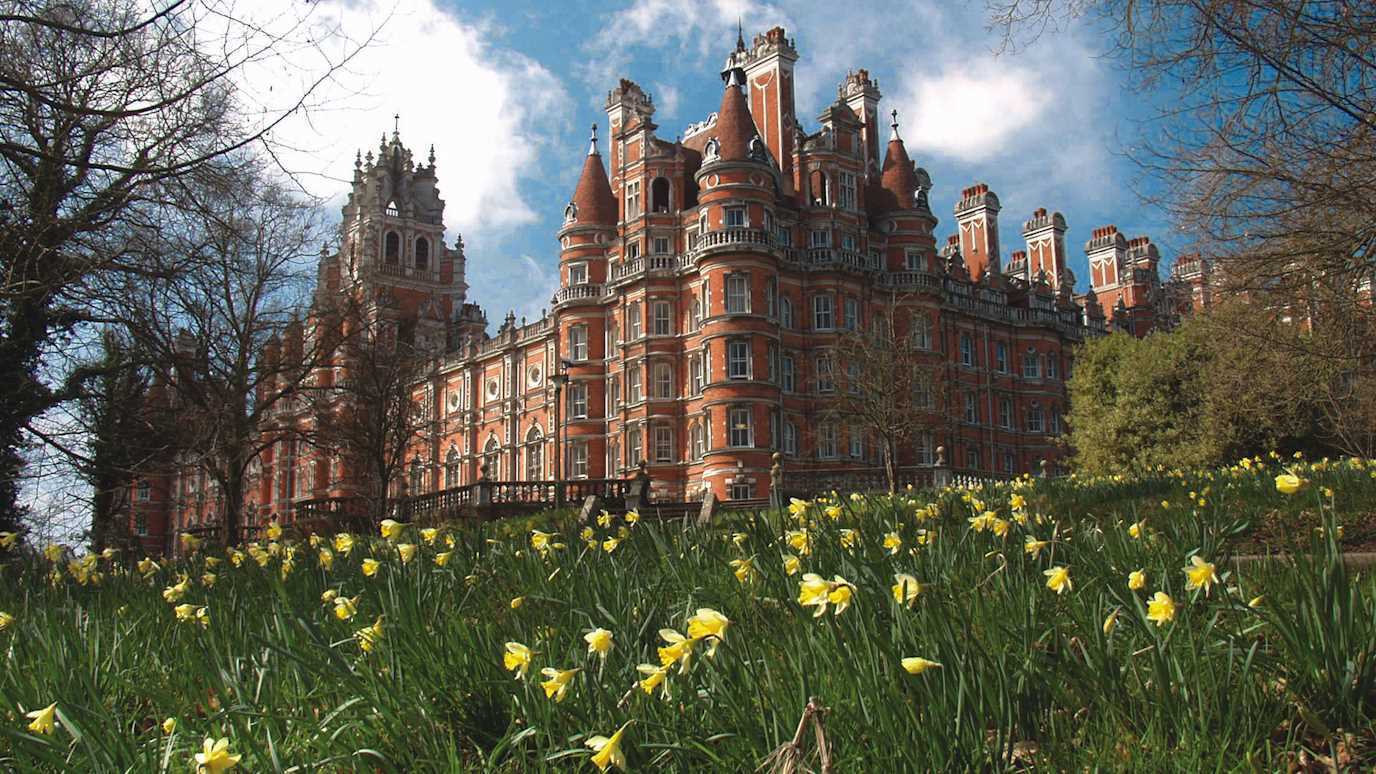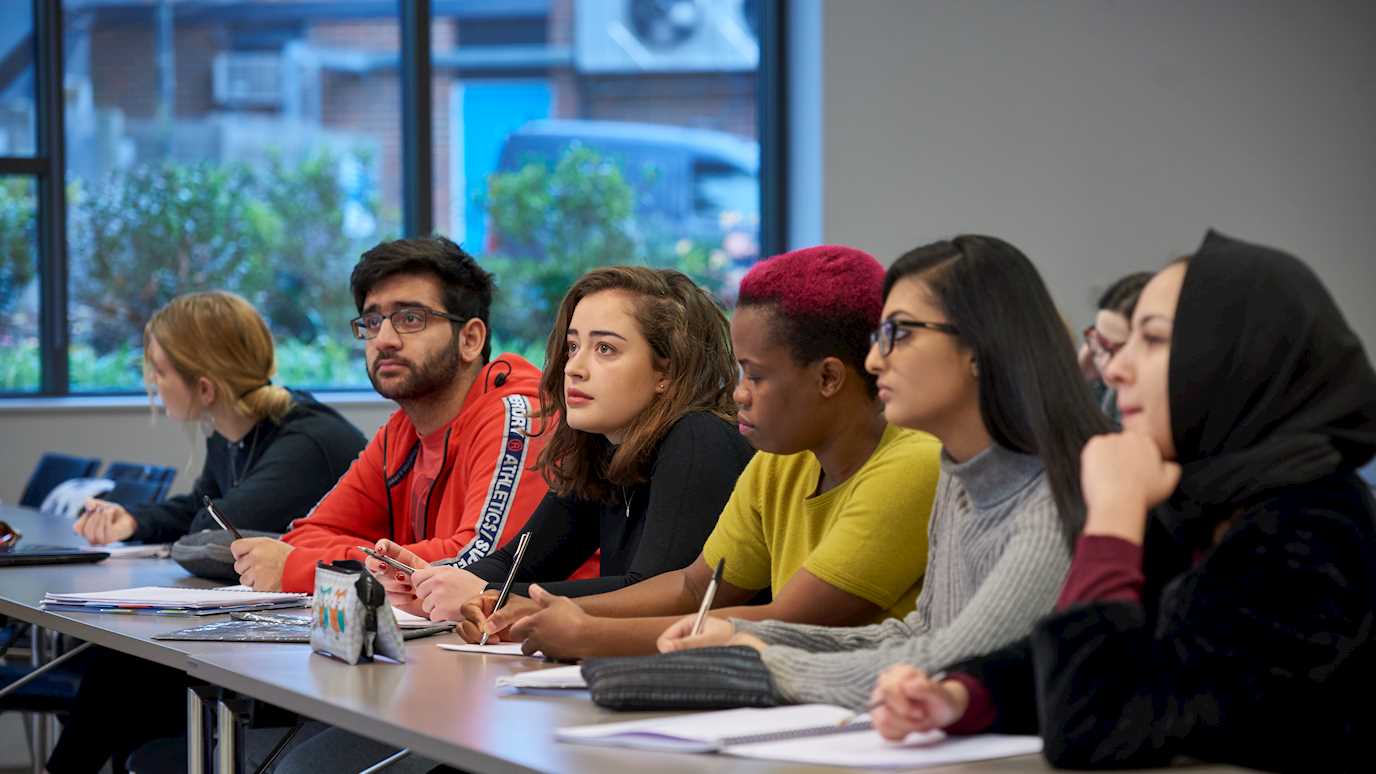On 1 July 1967 the race to colour TV was won by Britain, beating stiff competition from the Germans to make televisual history. The first colour service successfully launched from the world-famous Wimbledon Tennis Tournament, marking the beginning of 'regular colour service' from the BBC

Colour camera at Wimbledon 1967 (Image: BBC)
ADAPT, a hands-on history project based at Royal Holloway University of London has bought the story of this success to life. Celebrating 50 years of colour TV, the project brought together a veteran crew to recreate a live outside sports broadcast – just like that broadcast from Wimbledon 50 years ago.
Using lovingly-restored technologies, these original innovators spooled back to the late 60s to recreate the craft of their past – a challenge that has been captured for the History of the BBC.
Serving up a slice of broadcast history
Amanda Murphy, from the Department of Media Arts at Royal Holloway who brought together the veteran crew and restored equipment said, “The talents of early day pioneers are not always recognised or celebrated. The first colour broadcast revolutionised TV, and was a considerable technical challenge.”
The veteran crew, made up of 18 men (and one woman) used equipment half-a-century old, including the revival of North 3, a semi-restored ex-BBC outside broadcast truck which was fitted with restored equipment to bring it back to life.
“Bringing the crew and equipment back together to recreate the broadcast required ambition - locating predominantly obsolete kit from dusty lockups, cubby holes and the fierce clutches of collectors, with the faint hope that it might just be made operational!”
After just 24 hours Director Geoff Wilson’s successfully led his crew to record a 20-minute period-feel darts match complete with Letraset captions for the opening and end titles and credits.
Murphy concluded, “Here’s to a wonderful 50th Wimbledon this year, where I will have a much greater appreciation of the greenness of the grass and the feeling of closeness to the game colour brought us.”
Learn more about the ADAPT television history project, follow the project on Twitter, and discover opportunities for study in the Department of Media Arts.


























